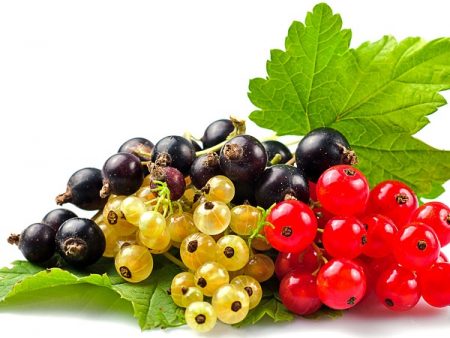 In order for the currant bushes to bear fruit well, and to give a noble crop, you need to know that care for currants after harvesting is very important, and you can not neglect it in any way. Once the bushes have given the last berries, you can immediately begin to care for them, which will give a guaranteed result next summer in the form of an excellent rich harvest.
In order for the currant bushes to bear fruit well, and to give a noble crop, you need to know that care for currants after harvesting is very important, and you can not neglect it in any way. Once the bushes have given the last berries, you can immediately begin to care for them, which will give a guaranteed result next summer in the form of an excellent rich harvest.
To each gardener: sowing calendar for 2015 for central Russia.
Although currants are not at all capricious beauties, they still require minimal care. Allow her a little time, feed, cut, process from parasites, and she will be grateful to you for her wonderful harvest. In addition, in the fall, it is necessary to remove the fallen leaves, so that the pest larvae do not stay there for the winter, you need to trim old or damaged twigs, remove the remnants of mulch, dig up the trunk circles, preparing bushes for the winter.
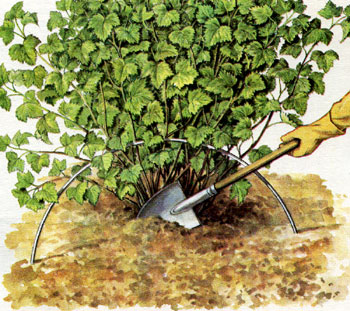
In addition, it is necessary to carry out prophylaxis against pests - the bushes have already given away the berries, now you can safely process them, for example, with 1% r-rum of the Bordeaux mixture, repeat the action after a couple of weeks. Prevent all bushes, even if they are still seemingly healthy. If pests are noticed, more effective methods must be applied. If you saw the glass work when the twigs wither and dry, they need to be removed and burned, otherwise the caterpillars will go down to the base, and in the spring they will begin to gnaw passages and harm the bush.
We saw ticks or gall midges wound up - we urgently use the appropriate drugs. For example, Neorot is effective in combating ticks, and Kinmix works perfectly against gall midges. Dilute these preparations according to the instructions, treat the bushes and your pets will winter well, returning to life in the spring whole and intact, ready to bloom and give a crop.
You might be interested in: beet planting and care in the open ground.

Prevention completed, time to cut the bushes. We remove root shoots so that the bushes do not thicken, cut off diseased branches, and remove damaged ones. By the spring, our bushes will be slender and beautiful, nothing will interfere with their growth and obscure the sun.
Now the feeding time has come. Currants, like strawberries, in this period begin to lay buds by the next year. Therefore, the yield of next summer also depends on fertilizer application. We need organics, mineral complexes, which include potassium and phosphorus. You can make top dressing either with a complete complex such as Nitrophoski, or mix in a bucket of water with a spoonful of superphosphate with potassium, or urea with superphosphate, adding a glass of ash. Organics can be added as chicken droppings, diluted in 12 parts of water, or mullein. The mixture with litter is insisted for a couple of weeks, then diluted with water (a liter jar per bucket). Furrows are made around the bushes and the mixture is poured into them. Mullein is bred 1: 1, insisted for a week, once again 1: 1 bred and watered.
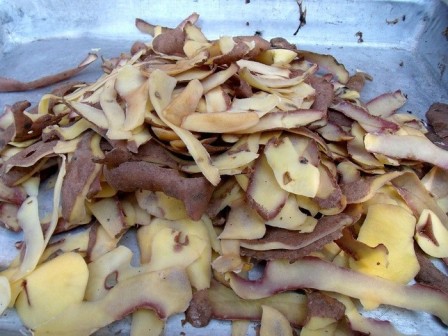
By the way, fertilizing potato peelings is very good at currant bushes. You can just drop them around the bushes. Currants also respond well to watering with soapy water (referring to laundry soap).
All these actions will strengthen and fertilize your bushes and currants next year will delight you with excellent flowering and delicious rich harvest.
See also: Iris Siberian planting and care in the open ground.
At the same time, young shoots can be buried - in the spring they will take root, they can be transplanted, thus increasing the number of bushes. So, by the way, renew old currant bushes of more than ten years old. In spring, the old plant is removed, and the young established bushes grow.

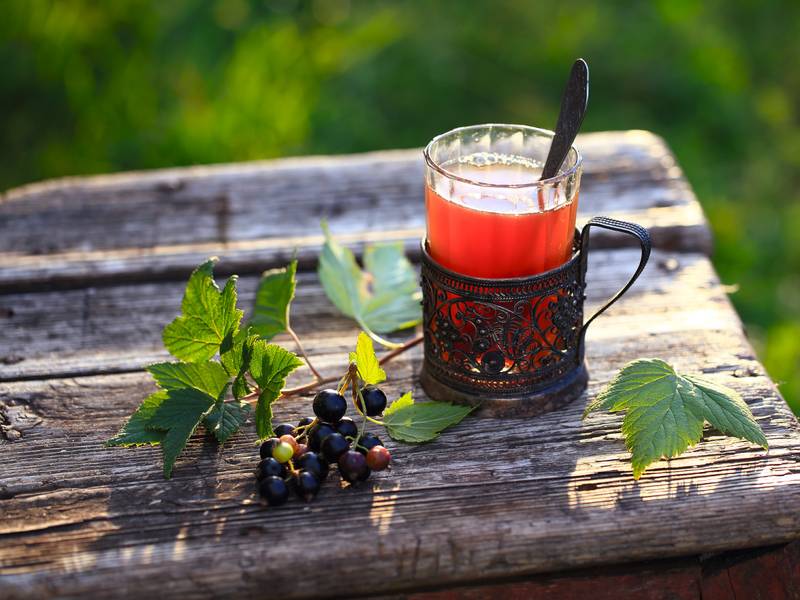
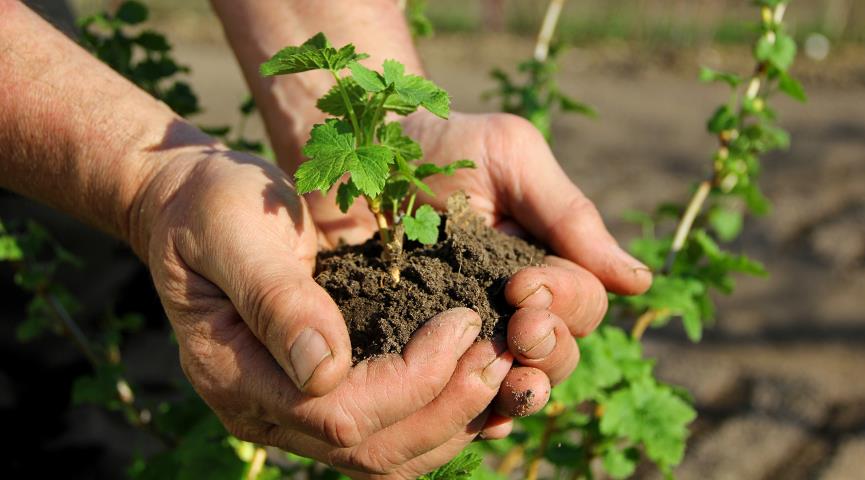
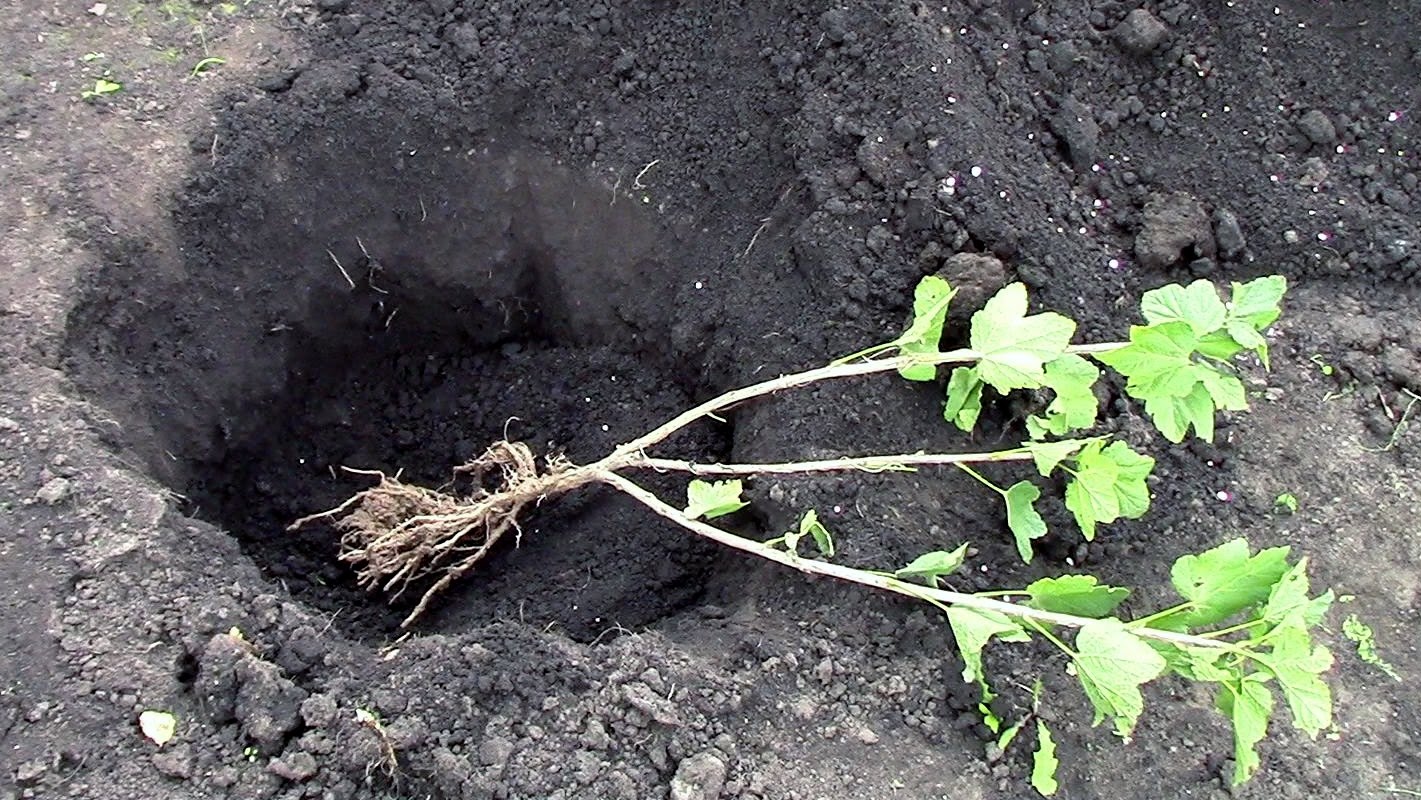
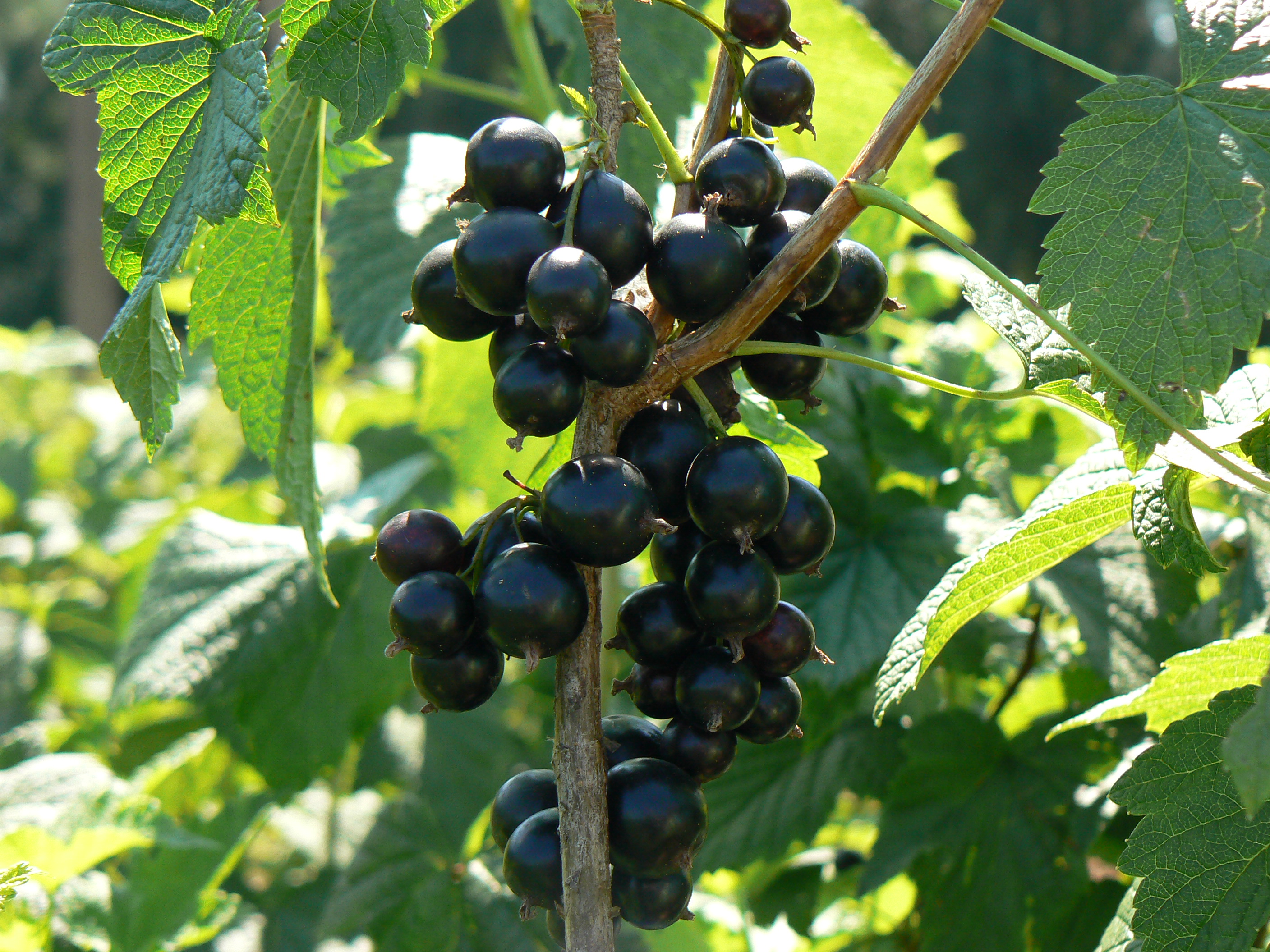 Blackcurrant: pruning in autumn, rejuvenation of the old bush, preparation for winter
Blackcurrant: pruning in autumn, rejuvenation of the old bush, preparation for winter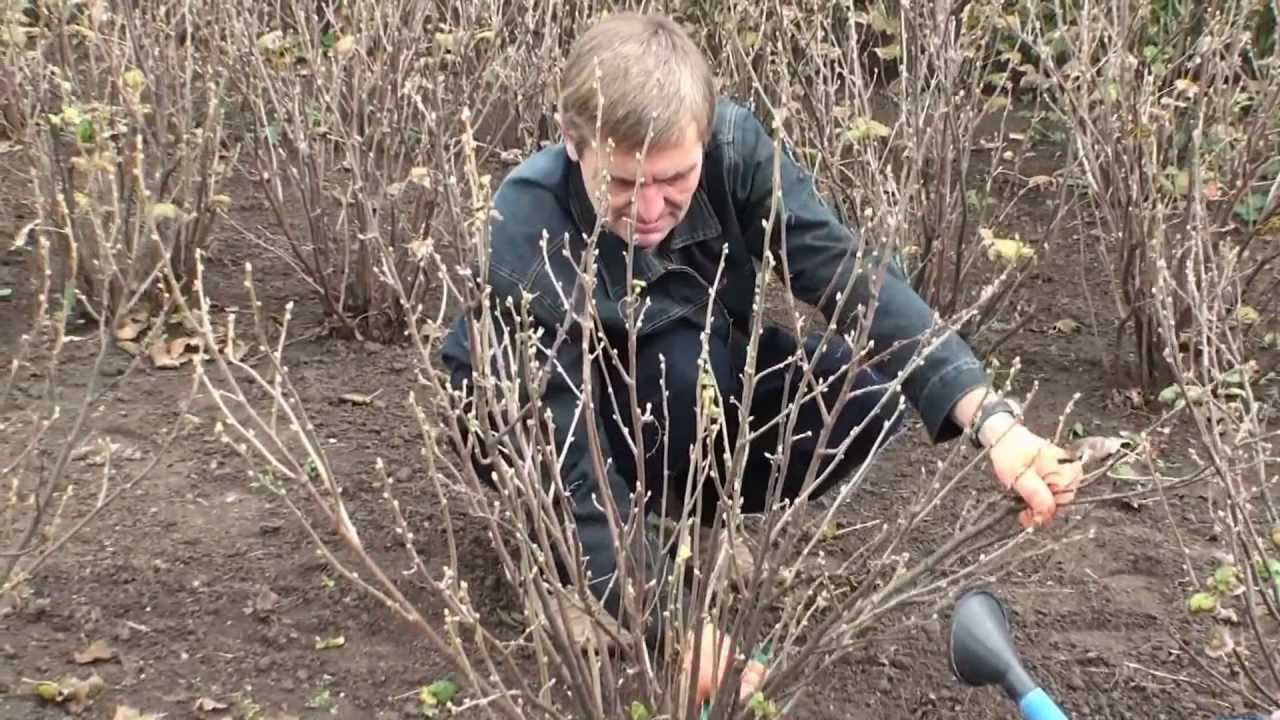 Autumn currant pruning scheme for beginners
Autumn currant pruning scheme for beginners Currant care in autumn and preparation of bushes for winter
Currant care in autumn and preparation of bushes for winter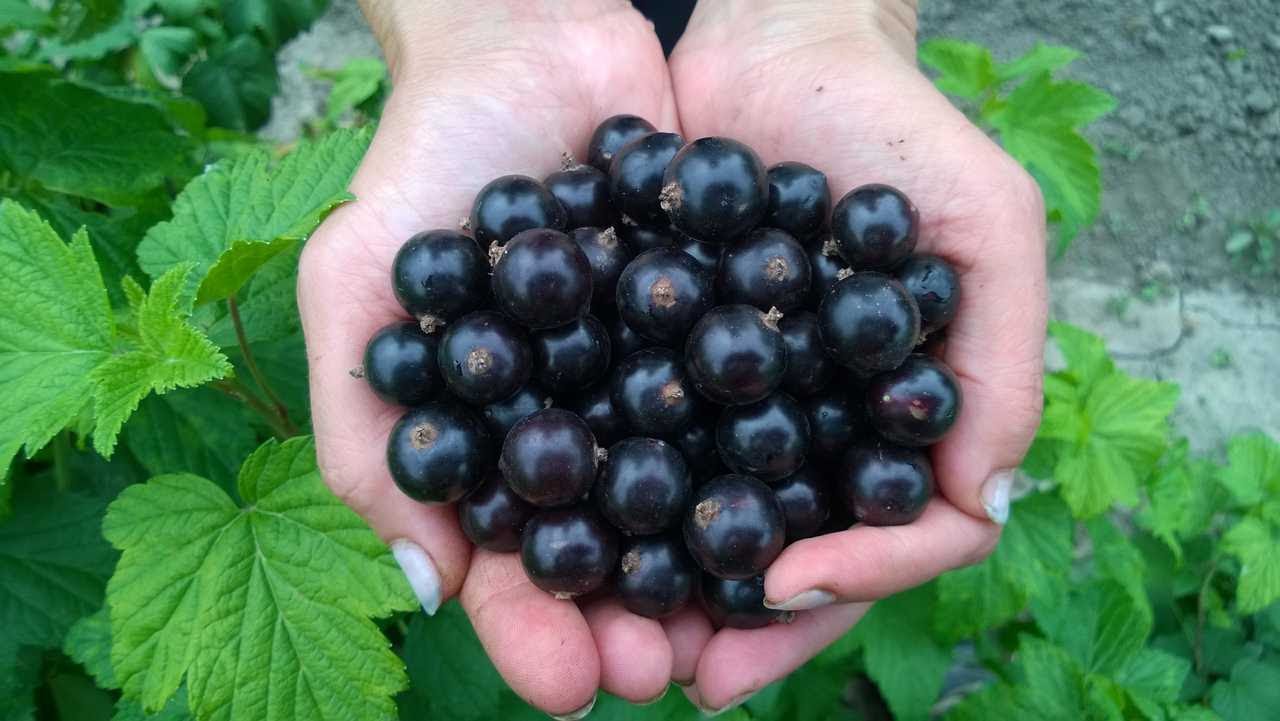 It's time to feed the currants - the best feeding
It's time to feed the currants - the best feeding